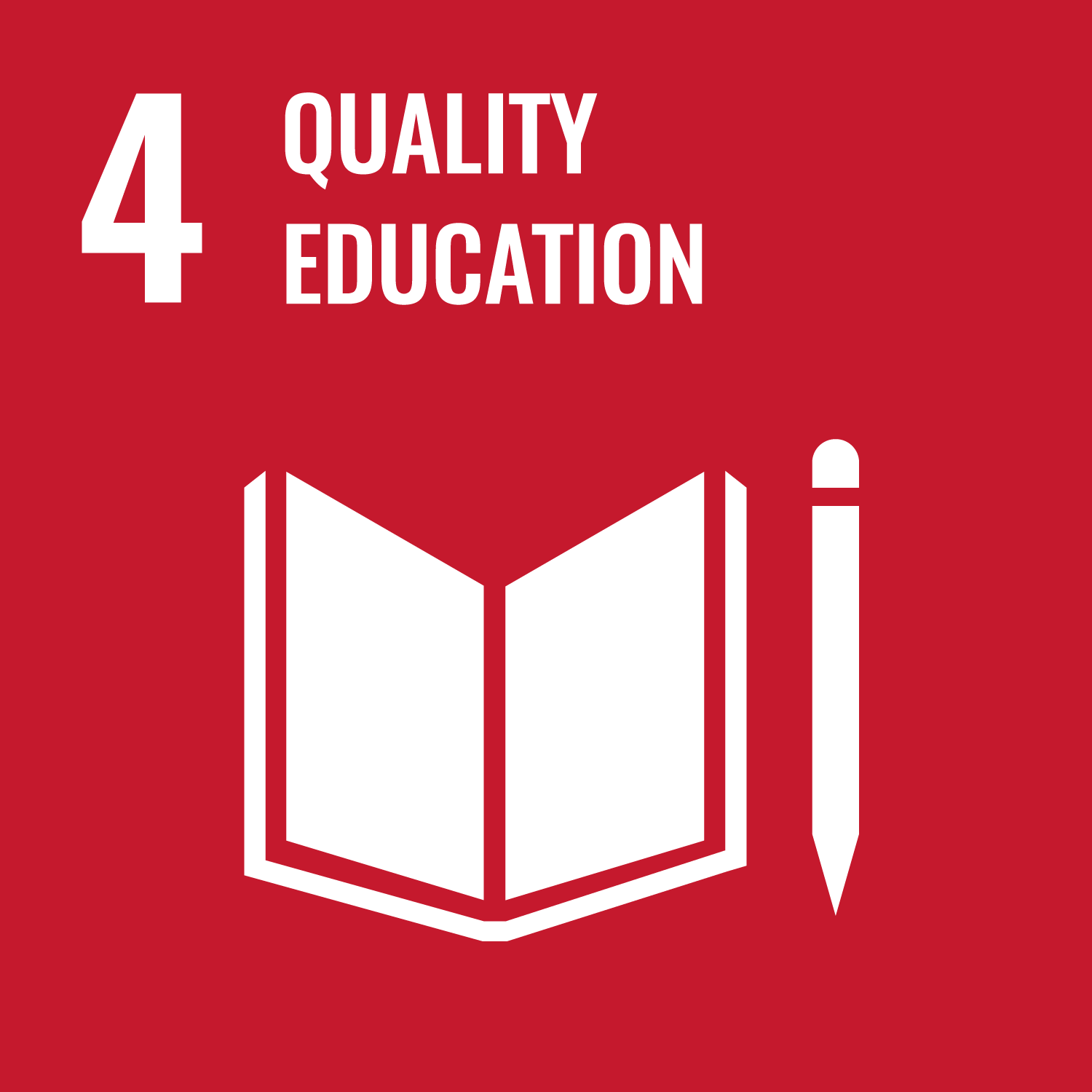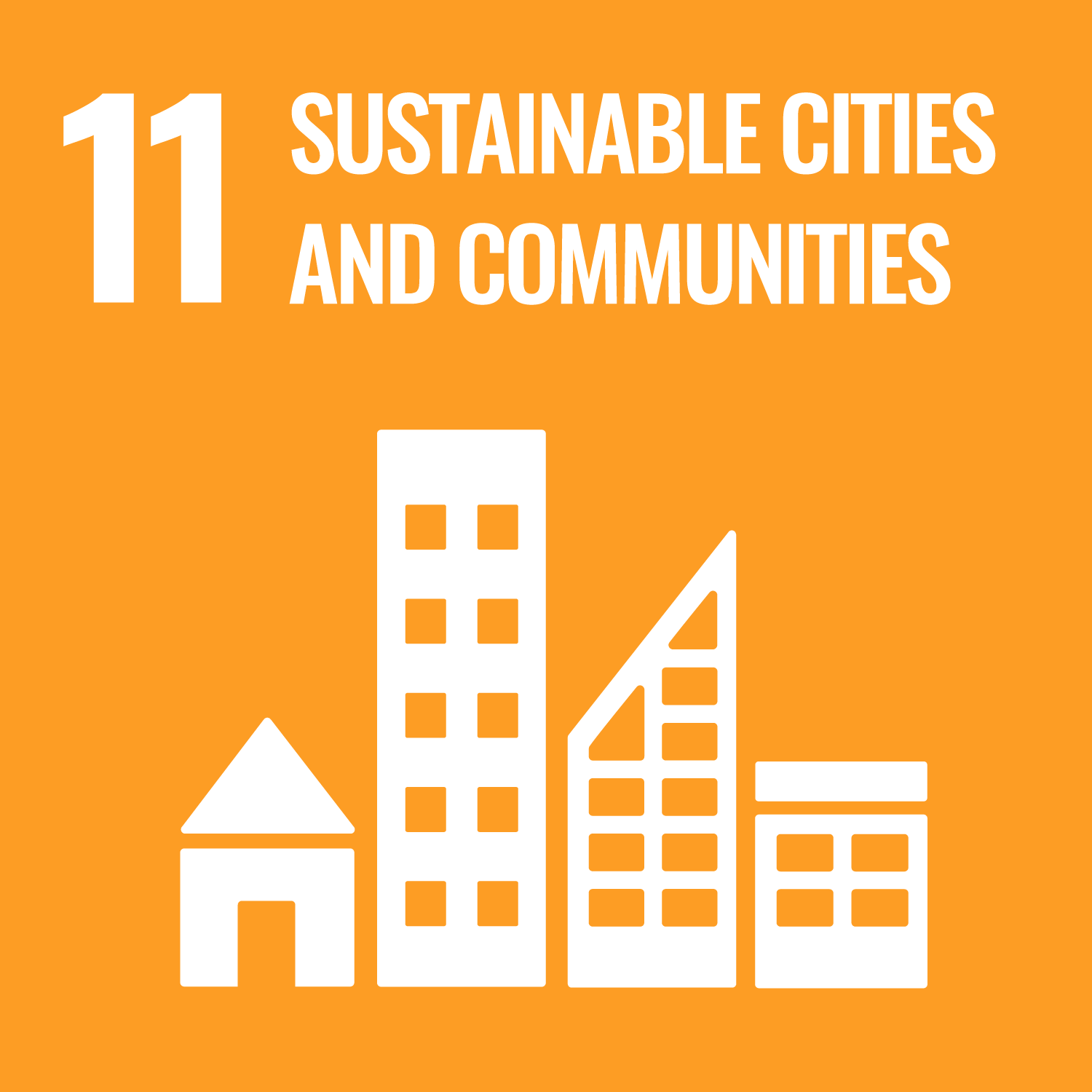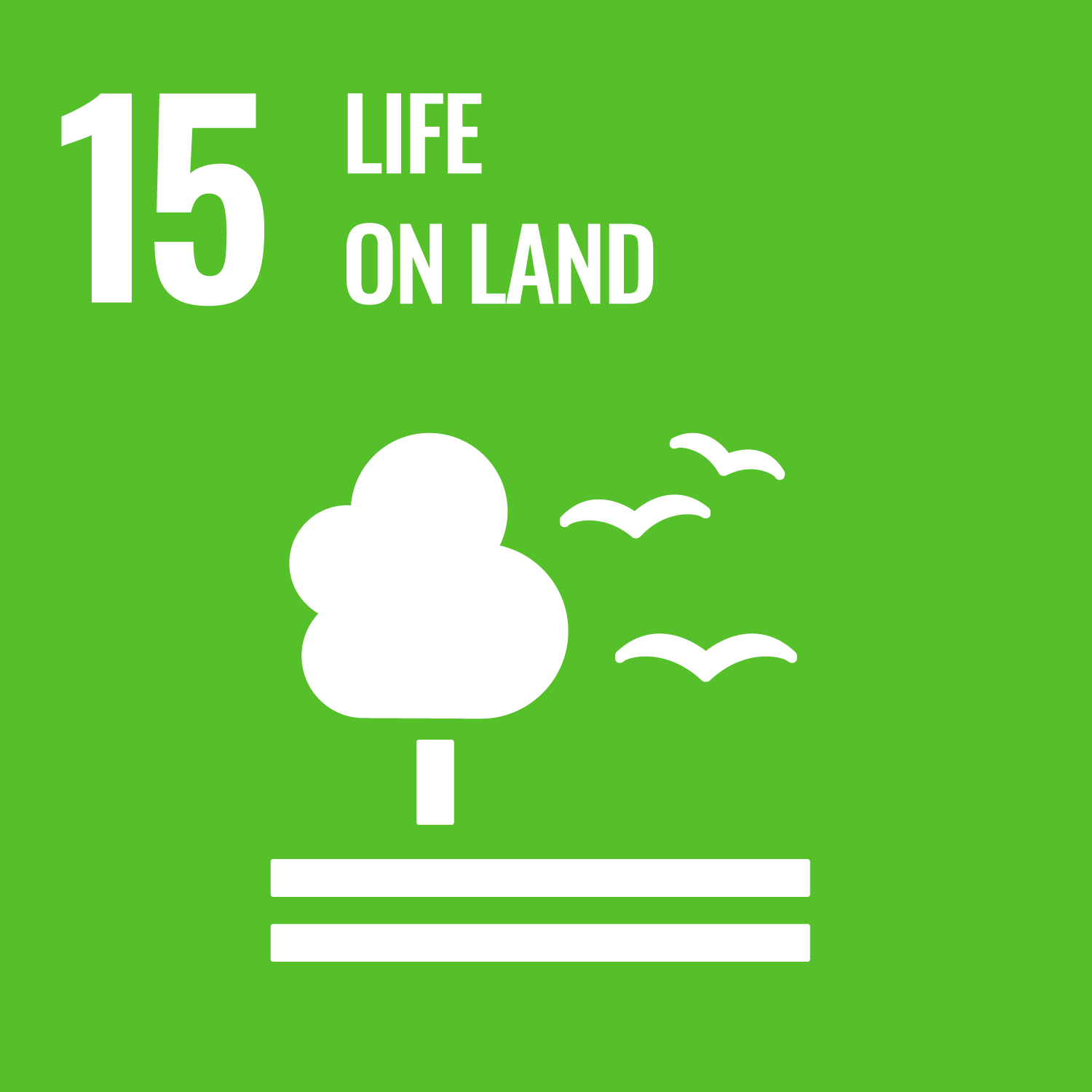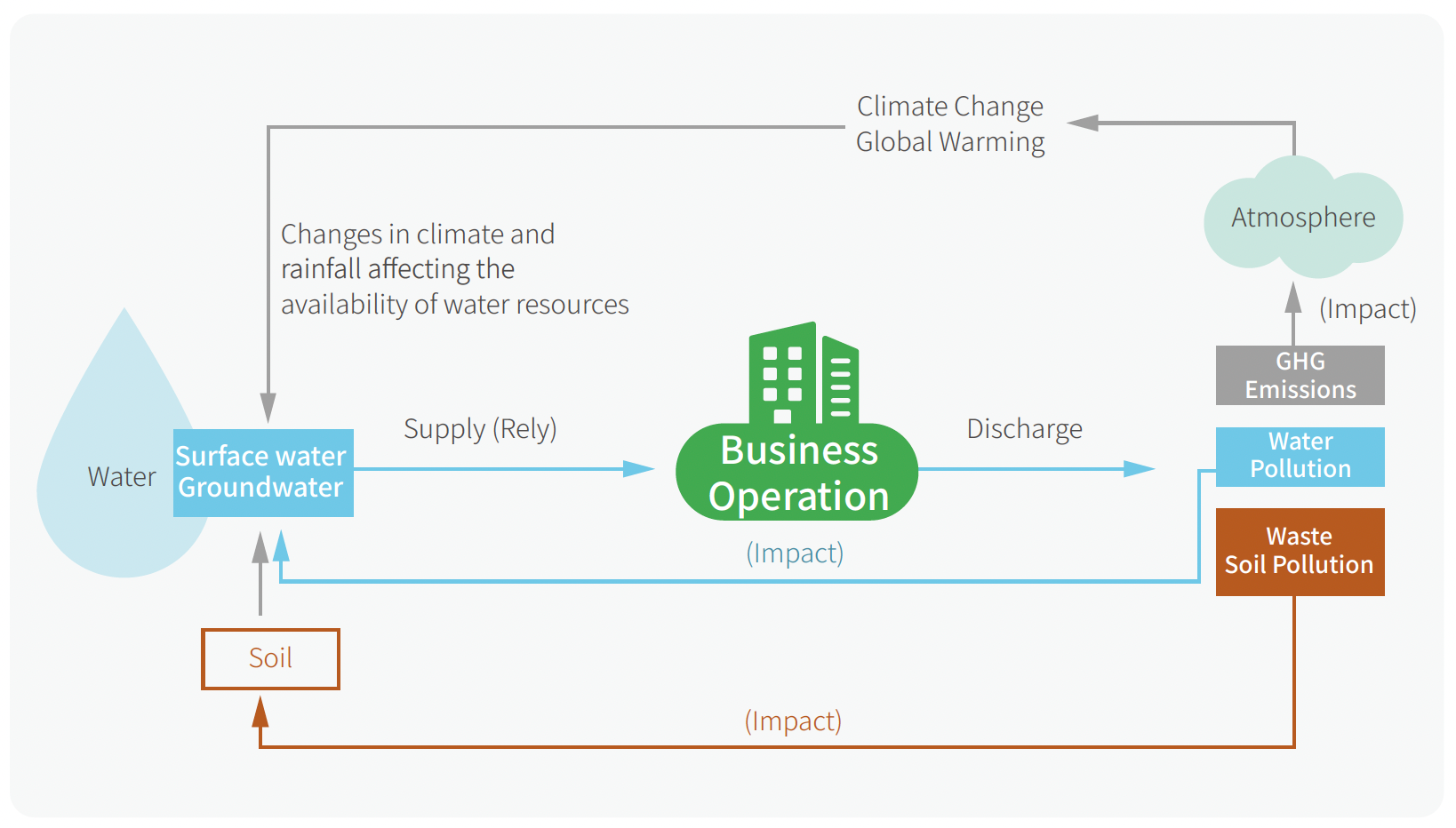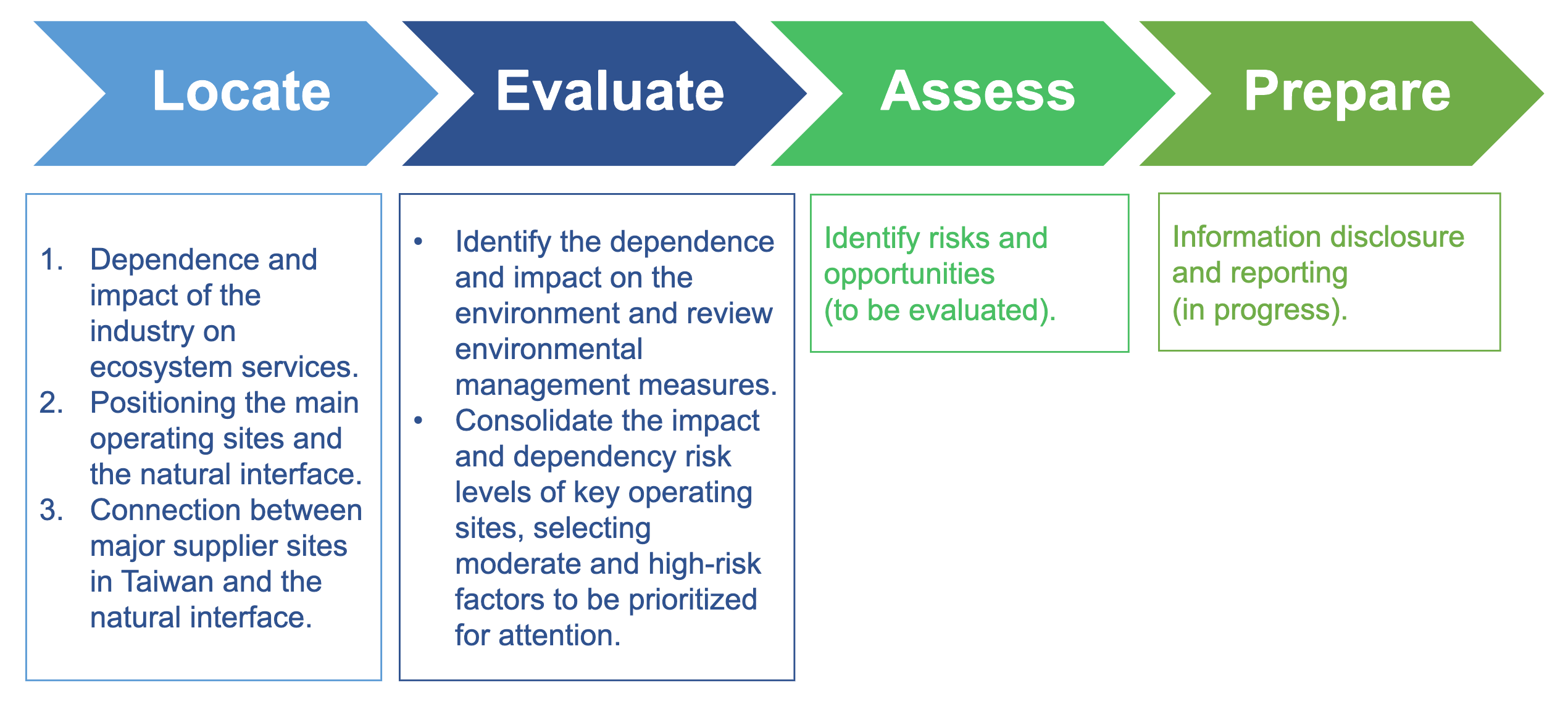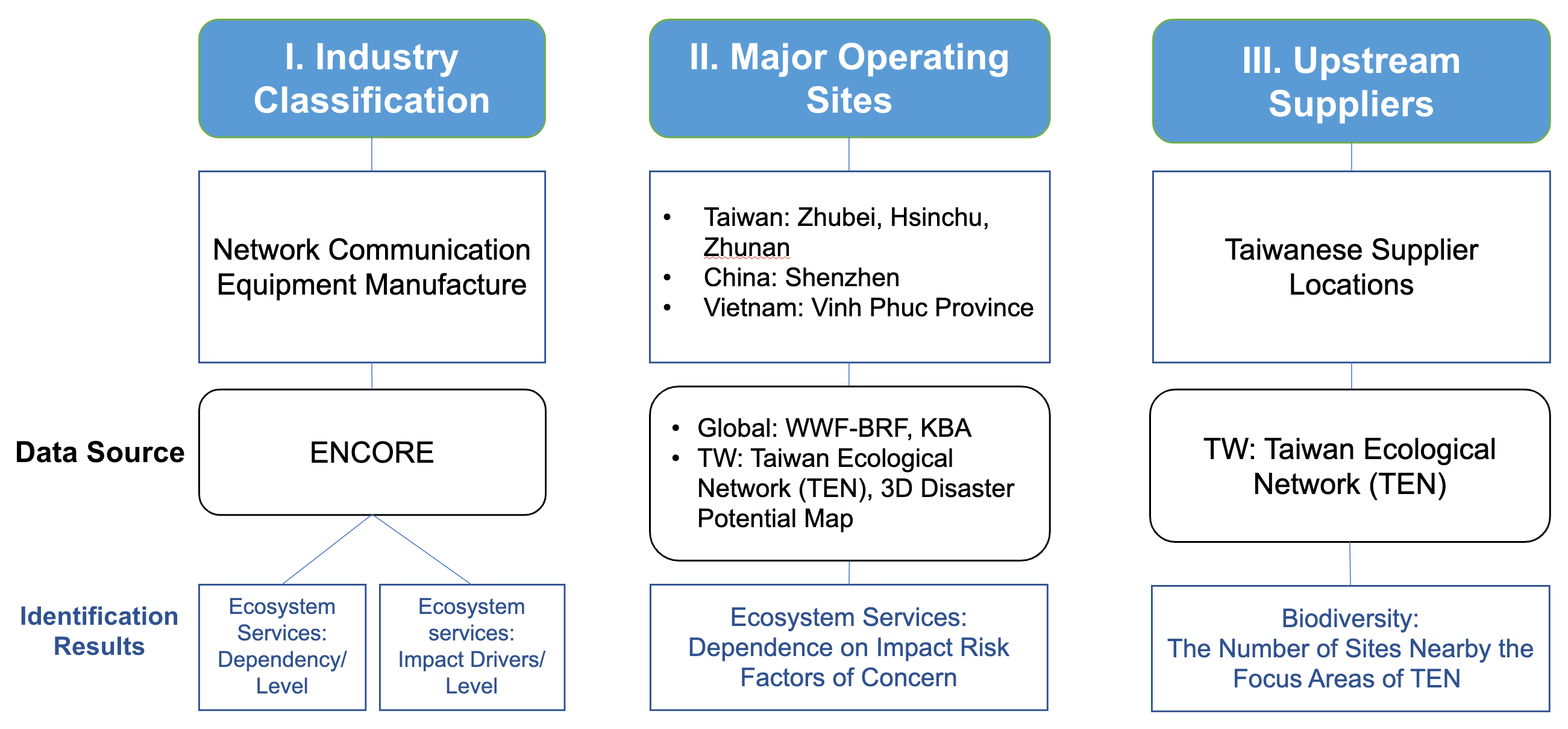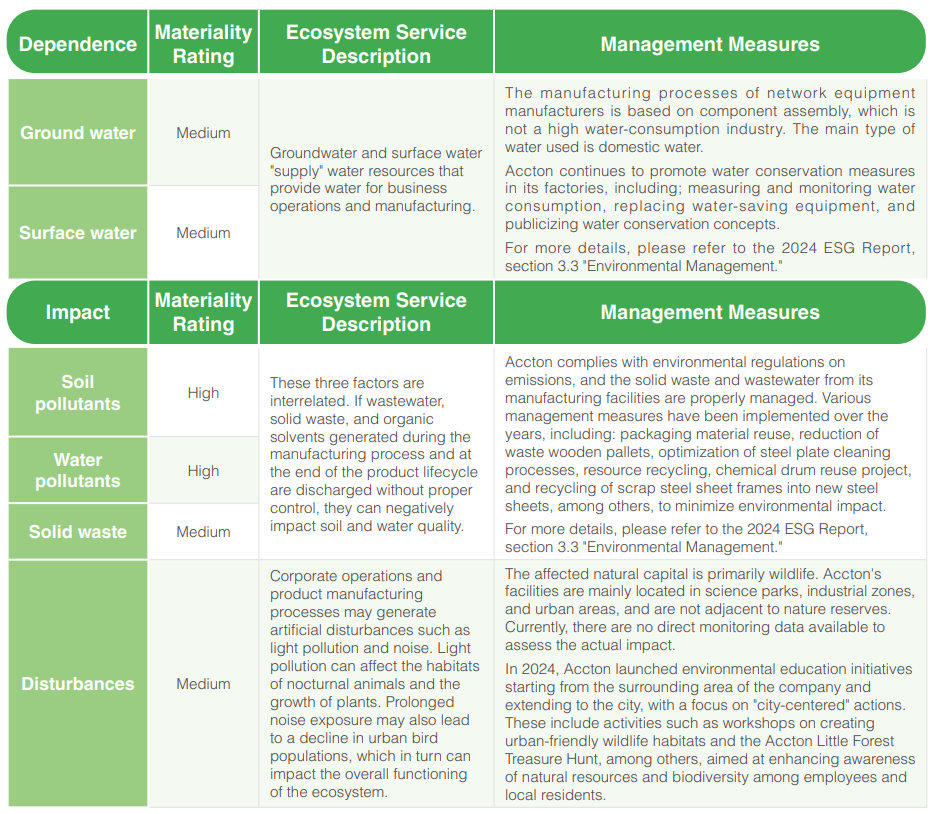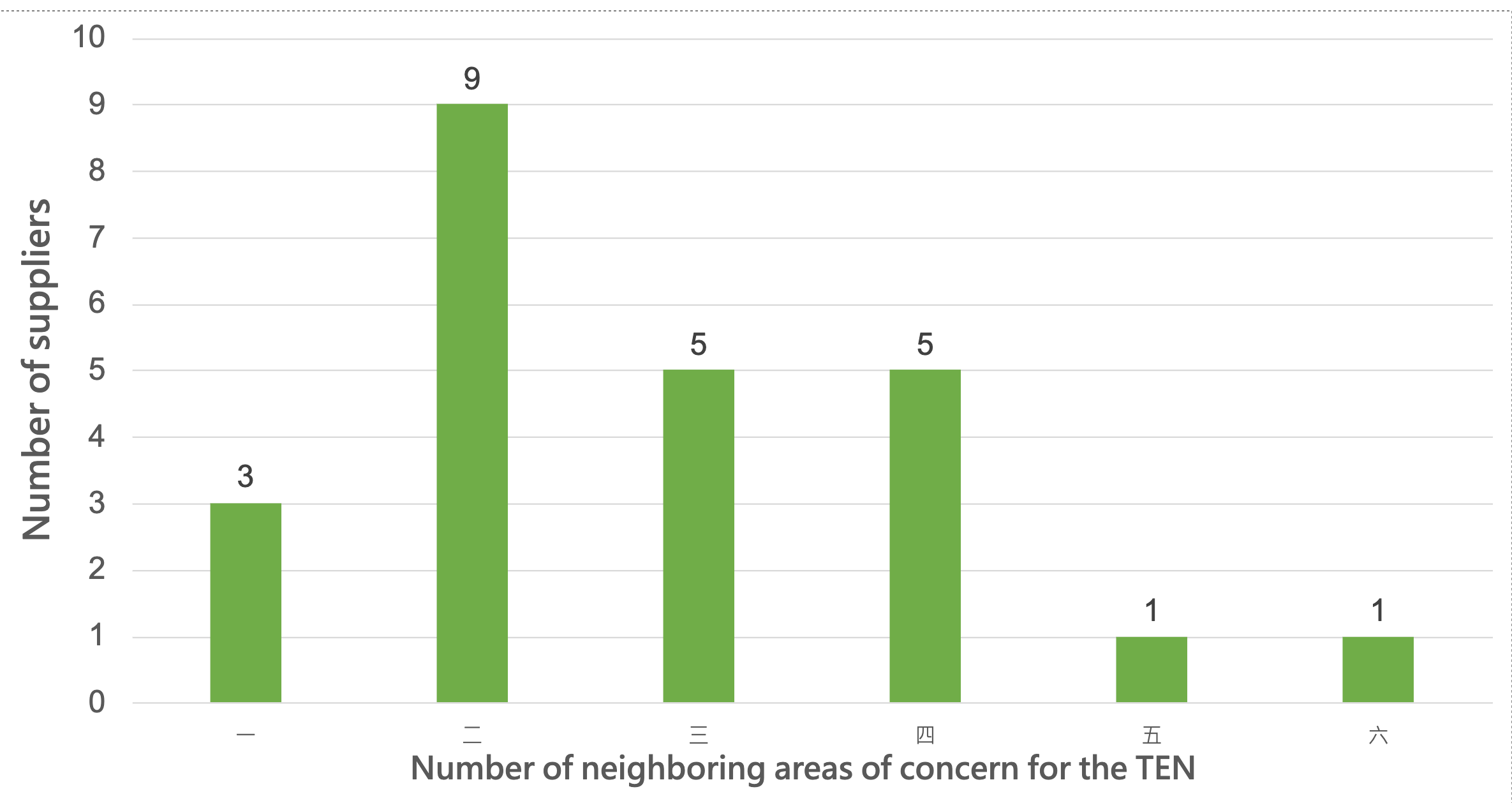Biodiversity
Nature & Biodiversity
Accton Technology operates within the network communications industry, which does not directly rely heavily on natural resources. However, recognizing that biodiversity loss has become a risk second only to climate change, the company has responded to the United Nations’ “Kunming-Montreal Global Biodiversity Framework (GBF)” Action Target 15: Corporate Responsibility. In alignment with the Taskforce on Nature-related Financial Disclosures (TNFD). Accton refers to the LEAP approach to progressively assess the interconnection between its key operational sites and the ecosystem services they depend on. In 2024, Accton also took action starting from its local community in the Greater Hsinchu area, focusing on the urban ecological environment. The company collaborated with government agencies and conservation organizations, dedicating resources to support biodiversity monitoring programs and environmental education initiatives.
Relationship Between Operations and Nature
As a manufacturer of network communication equipment, Accton uses the ENCORE (Exploring Natural Capital Opportunities, Risks and Exposure) tool to map the relationship between “Business Operations” and major natural assets and ecosystem services, and to analyze the degree of “dependence” and “impact” on ecosystem services.
Major Operating Sites and Geographic Areas
| Major Operating Sites | Geographic Areas |
|---|---|
| Accton HQ, Hsinchu Office(Includes Edgecore Network), RMA, Zhunan Plant | Taiwan: Zhubei, Hsinchu, Miaoli (The risk values of WWF-BRF for major sites in Taiwan are the same, so the geographic areas are combined as “Taiwan Plants”) |
| JoyTech | Shenzhen, China |
| Vietnam Accton | Vinh Phuc province, Vietnam |
Dependency Risk Analysis of WWF-BRF and Top 10 Concerns
| Concern Factor | Taiwan Plants | JoyTech | Vietnam Accton |
|---|---|---|---|
| Tropical Cyclones | Extremely High | Extremely High | Extremely High |
| Pollution | High | Extremely High | High |
| Landslides | Extremely High | High | Medium |
| Extreme Heat | Low | High | High |
| Wildfire Hazard | Low | High | High |
| Water Scarcity | Medium | Medium | Medium |
| Protected/Conserved Areas | High | Medium | High |
| Labor/Human Rights | High | High | Medium |
| Key Biodiversity Areas | Medium | Medium | Medium |
| Column 1 Value 10 | Medium | Medium | Medium |
Evaluation of Conservation Areas and Key Biodiversity Areas (KBAs) at Major Plants
| Plants | Geographic Area | Distance | Impact Assessment | KBA Domain Name |
|---|---|---|---|---|
| TW Plants | Hsinchu, Miaoli, Taiwan | 7.4km | The shortest distance from the KBA area is 7.4 kilometers.The operation of the plant and logistics transportation do not directly affect this area. | Hsinchu City Coastal Area |
| Joy Tech. | Shenzhen, China | 20.8km | It is more than 20 kilometers away from the plant and logistics transportation do not directly affect this area. | Inner Deep Bay and Shenzhen River catch area |
| Accton Vietnam | Vinh Phuc province, Vietnam | 14.3km | It is more than 20 kilometers away from the plant and logistics transportation do not directly affect this area. | Tam Dao |
Evaluation of Concern Factors in Taiwan
| Concern Factor | Description | Assessment |
|---|---|---|
| Mitigation of natural disasters: Tropical Cyclones, Landslides (Dependents) |
Natural disasters can cause asset losses and operational disruptions. A complete ecosystem service can help to minimize the impact of typhoons and landslides, which means that companies need to “highly rely” on this ecosystem service. Natural disasters such as earthquakes, typhoons, and heavy rainfall can cause further landslides or flooding, which in turn affects operations and assets. | By utilizing the Taiwan 3D Disaster Potential Map, we further assessed the disaster potentials of heavy rainfall and landslides in each plant area.
There are no active fault sensitive areas within 500 meters of any of the plants. |
| Pressures on biodiversity: Pollution (Impacts) |
Pollution is an important influence on biodiversity and ecosystem change. This indicator includes freshwater nitrogen concentration and ocean eutrophication, air pollution (PM2.5 content). | The treatment of solid waste and wastewater in our plants complies with environmental regulations. Meanwhile, we have introduced various management measures year by year to reduce the impact on the environment, which includes reuse of packaging materials, waste pallet reduction project, optimization of steel plate cleaning process, and resource recycling. |
| Natural resource supply: Water scarcity (Dependent) |
The abundance or lack of freshwater resources can have a significant impact on businesses by causing disruptions in the production/supply chain, increasing operating costs and limiting growth. | Network equipment manufacturing is a non-water-consuming industry that focuses on the assembly of parts and components, and the main type of water used is domestic water. Accton has been promoting water conservation measures in our factories, including statistics and monitoring of water consumption, replacement of water-saving equipment, and water-saving concepts. |
Preliminary Assessment of
Upstream Suppliers (Taiwan Manufacturers)
Taiwan’s upstream suppliers’ sites were overlaid on the Taiwan Ecological Network (TEN) map from the Forestry and Nature Conservation Agency (FNCA) of MOA, and the distances between their locations and the TEN areas of concern were evaluated. The results are summarized in the following table and figure.
| Scope of Assessment | Number of Suppliers |
|---|---|
| Located in any of the TEN Focus Areas | 5 |
| Within 2km of any of the TEN Focus Areas | 19 |
| More than 2km from the surrounding TEN Focus Areas | 3 |
Biodiversity Conservation Actions Starting from Local Cities
-
The Taiwan plant site overlaps the TEN map of the FNCA, MOA
- The Hsinchu HQ and Hsinchu Branch Office are not directly located in any of the Focus Areas or nature reserves, but there is the Fengshan and Toucian River Conservation Axis in the vicinity, which also has records of wildlife activities of species on the list of IUCN, such as the frosted bat (Vespertilio sinensis) and the Hodgson’s bat (Myotis formosus flavus)
- Due to the importance of geo-systems and species of concern to the ecology, we have supported the funding of bat biodiversity monitoring and started to promote the “Biodiversity Mainstreaming” program.
- In 2024, we will organize workshops such as “Accton Little Forest Scavenger Hunt,” “Wildlife Friendly Habitat Creation,” and “Science Citizenship.” These workshops are fun ways to raise the awareness of employees and local residents about the surrounding natural environment and important wildlife species.



